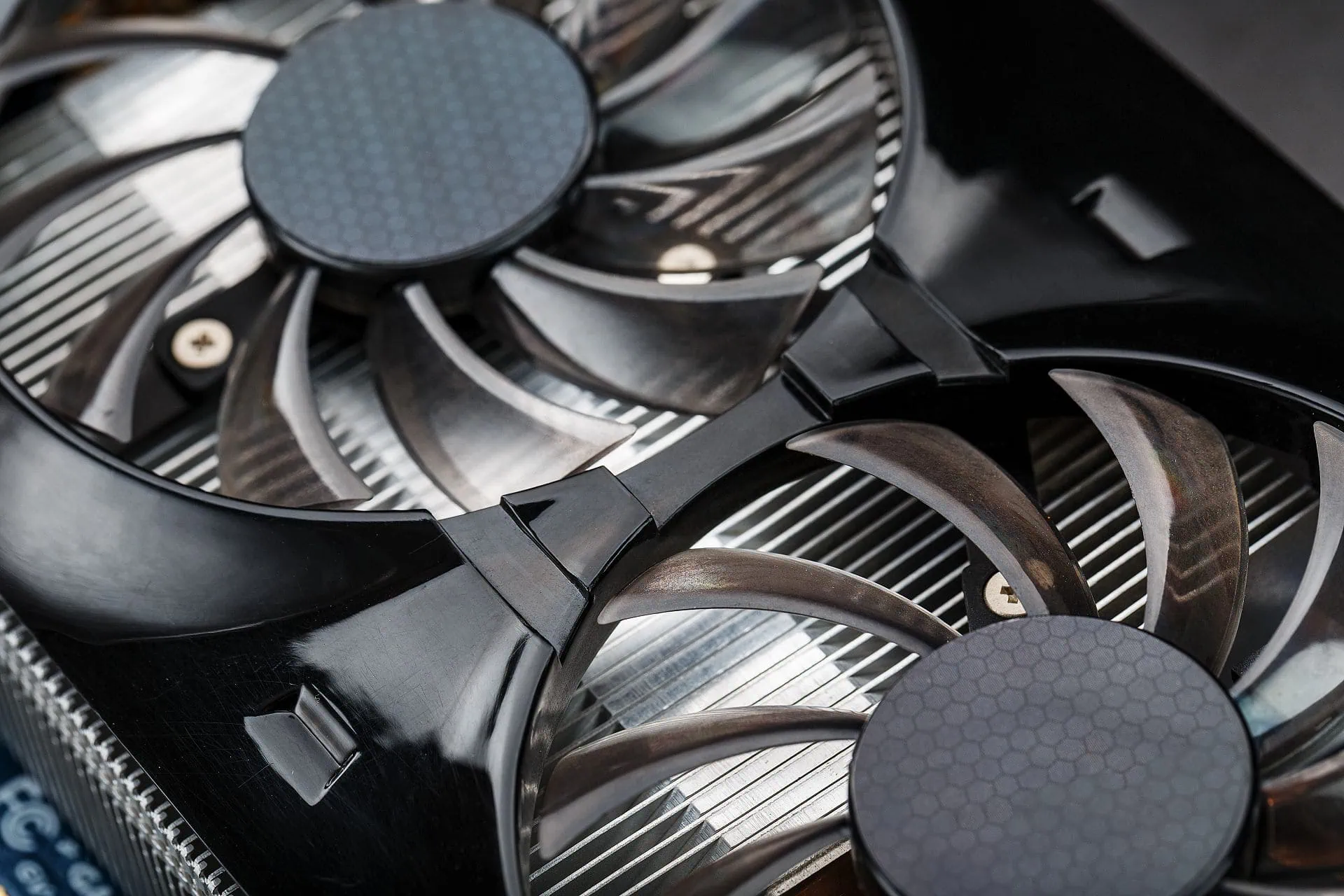With recent intense heat waves striking from the Midwest to the Northeast, multiple new maximum temperature records are being set, and there’s no end in sight. In June, Boston hit 98°F, and Caribou, Maine, reached 96°F, tying its all-time hottest temperature record.
These extreme conditions highlight the critical need for effective cooling solutions in industrial environments to protect sensitive equipment from damage. At Dust Free PC, we offer a range of air-conditioned enclosures to safeguard your equipment during even the most intense heat waves.
Benefits of Proper Heat Dissipation
Heat waves occur when trapped air gets warmed, similar to air inside an oven. Unfortunately, the temperature inside many industrial environments cannot be adjusted to keep sensitive electronic equipment cool during higher temperatures, which introduces the need for heat dissipation measures.
Proper heat dissipation is essential to protecting sensitive components and ensuring equipment efficiency in industrial environments such as warehouses, factories, distribution centers, processing plants, and other facilities with limited temperature control.
Heat dissipation is the process of removing excess heat from equipment to prevent overheating. This is crucial because extreme heat can slow down or damage electronics. High temperatures can cause materials to deform and internal components to fail, leading to costly repairs and downtime.
Keeping sensitive components at proper operating temperatures can increase the lifespan of expensive equipment. Where natural heat transfer is inadequate, forced convection via fans, vortex chillers, and air conditioners offer added protection.
Effective Cooling Solutions For Your Enclosures
Choosing the right cooling system for your enclosures is crucial to managing the heat load and the ambient environment where the equipment is located. Here are some of the top enclosure cooling options:
Case Cabinet Fans
Airflow in a computer case generally flows front-to-back or bottom-to-top. Built-in fans enable air to circulate through an equipment cabinet to form an active cooling system by pushing hotter air away from sensitive electronics. Cooler room air enters through vents at the front of the cabinet, and a rear exhaust fan removes the hot air.
Air/Air Heat Exchangers
An air-to-air heat exchanger is a closed-loop cooling system used with a sealed computer equipment enclosure. They cannot cool below the ambient room temperature, so the air inside an enclosure will be slightly warmer than the outside air. Air/air heat exchangers are relatively quiet and use minimal energy to power the fans.
Enclosure Air Conditioners
When ventilation fails to maintain a reasonable interior temperature, installing an enclosure air conditioner may be best. A computer enclosure A/C works precisely like a window unit. Its reliability makes it a prudent choice when overheating could bring an entire production line to a halt.
Vortex Tube Coolers
Vortex tube coolers use the venturi effect and compressed air (non-electrical) as a low-cost cooling option. Colder air sinks and hot air rises, exhausting heat while the computer enclosure is purged with cool air. However, cabinet coolers can be noisy.
Do You Have the Right Equipment Cooling Strategy?
Having the right cooling strategy for your enclosures can make all the difference when dealing with heat dissipation. For most workplace enclosure cooling applications, a combination of natural air removal and air-circulating fans will suffice.
The computer cabinet fan can push more air into the case than what is pulled out (positive pressure) or pull more air out of the case than is being pushed in (negative pressure). However, if the built-in fans do not move enough heat away from sensitive components, an air-to-air heat exchanger may be the simplest cooling solution in a workplace with moderate ambient temperatures.
When simpler forms of ventilation fail to maintain an enclosure’s interior temperature reasonably, the best solution will likely be to install an enclosure air conditioner or cabinet chiller. A vortex tube cooler may be the most cost-effective equipment cooling solution for applications where noise is not a problem, and you already have a clean, dry compressed air source.
Cabinet chillers can be used with or without a thermostat control system. However, if cabinets are not properly sealed and interior components are kept at lower than ambient temperatures, condensation can be a problem.
Protect Your Equipment With Dust Free PC
The key to keeping your equipment cool during a heat wave is to remove heat from the enclosure while supplying cool air to the places that need it. At Dust Free PC, we offer a variety of cooling options that dissipate heat to protect the most sensitive equipment. To learn more, contact us today using this website’s convenient form or call 904-739-7201 to speak directly with the pros.
